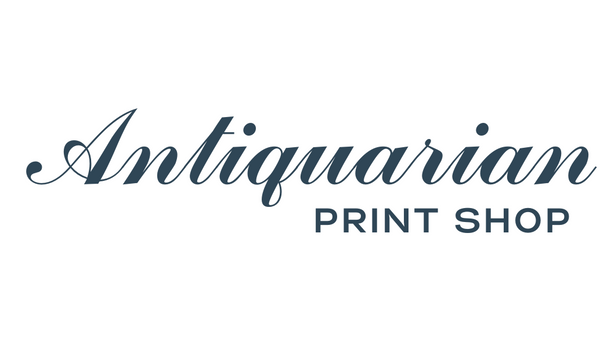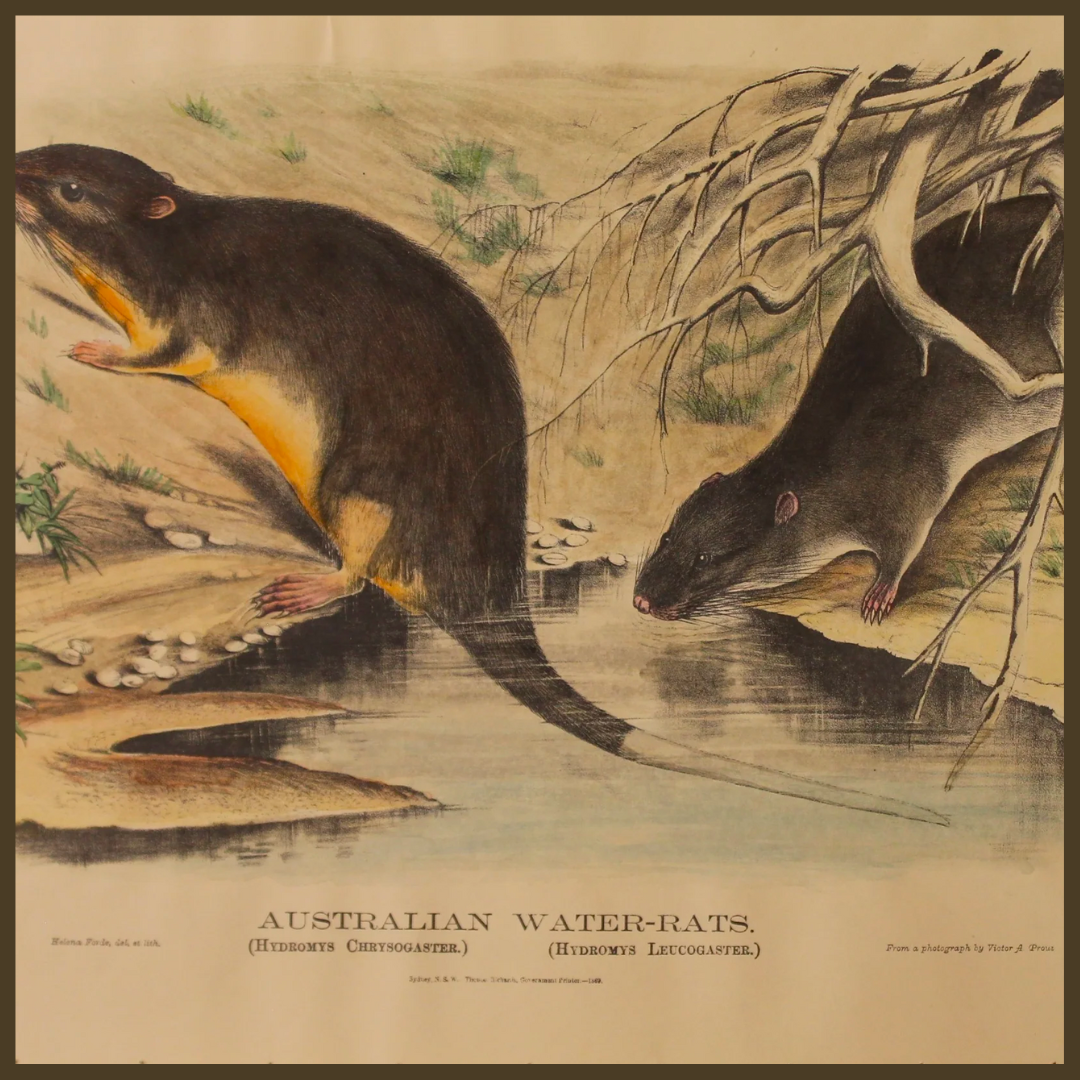
HISTORY OF WINEMAKING
Share
The History of French wine spans a period of at least 2600 years dating to the founding of Massalia in the 6th century BC by Phocaeans with the possibility that viticulture existed much earlier. The Romans did much to spread viticulture across the land they knew as Gaul encouraging the planting of vines in areas that would become the well-known wine regions of Bordeaux, Burgundy, Alsace, Champagne, Languedoc, Loire Valley and Rhone.
Over the course of its history, the French wine industry would be influenced and driven by the commercial interests of the lucrative English market and Dutch traders. Prior to the French Revolution, the Catholic Church was one of France's largest vineyard owners-wielding considerable influence in regions such as Champagne and Burgundy where the concept of terroir first took root. Aided by these external and internal influences, the French wine industry has been the pole bearer for the world wine industry for most of its history with many of its wines considered the benchmark for their particular style. The late 20th and early 21st century brought considerable change—earmarked by a changing global market and competition from other European wine regions such as Italy and Spain as well as emerging New World Wine producers such as California, Australia and South America.
The early Greek settlers brought a distinctly Mediterranean outlook to viticulture in Gaul. To their understanding, vines grew best in the same climate and area that would support olive and fig trees, therefore most of the early vineyard planting was in the warm, Mediterranean coastal areas.
It was also during the late first century BC/early first century AD that viticulture started to spread to other areas of Gaul — beyond areas where the olive and fig would grow, where a suitable variety was found to be the biturica, the ancestor of cabernet varieties. The high demand for wine and the cost of transport from Rome were likely motivators for this spread.
By the 6th century AD, vines were planted throughout Gaul including the Loire Valley, the Paris Basin which included the areas of modern-day, Champagne as well as Brittany.
The decline of the Roman Empire brought sweeping changes to Gaul. Wine was seen as a luxury item and a symbol of status. The influence of the Christian Church (which had been largely permeated throughout the region since the 6th century) also enhanced the image of wine in France as it became an integral part of the sacrament of the Eucharist.
Throughout the middle ages, a new system of land development emerged that was intimately tied with the spread of viticulture in medieval France. Under this system of complant, a farmer could approach a land owner with uncultivated land with an offer to plant and tend to the area for a contracted amount of time. After the given length of time, half of the fully cultivated land would revert to full control of the original landowner while the remaining half would become the farmers under the condition that a percentage or “tithing” of each year's crop would be paid to the original land owner. Under this system, many areas of France were enthusiastically and efficiently planted with little cost to the land owner.
In the Middle Ages, transportation of heavy wooden barrels of wine over land was a costly and risky proposition. Wine regions close to easily navigable rivers, found the possibility of trade to other regions and outside France more attainable and profitable while more isolated and landlocked regions had a harder time developing much of a trade market outside their region. Port cities emerged as formidable centres of commerce During this period, political climates and alliances played a substantial role in the trade of French wines to other European countries. The 1152 marriage of Eleanor of Aquitaine with the future Henry II of England, was the beginning of a long and fruitful relationship between Bordeaux and England. The 1295 the Auld Alliance between France and Scotland against England gave the Scots ample access to French wines for themselves.
The 14th century was a period of peak prosperity for the Bordeaux-English wine trade that came to a close during the Hundred Years War when Gascony came back under French control in 1453. Following the expulsion of the English, Dutch wine traders took on a more prominent role in Bordeaux. For most of the 16th and 17th century, the Dutch traders would play an intimate role in the fortunes of the French wine industry.
The Age of Enlightenment saw an increase in the study and application of winemaking methods with University sponsored studies and treatise on wine related topics. In 1756 the Academy of Bordeaux invited students to write papers on the topic of clarifying wines and the advantages or disadvantages of using egg whites as a fining agent. In Burgundy, the Academy of Dijon sponsored study on ways to improve the quality of Burgundy wine. In the vineyards, vignerons began focusing more on which grape varieties performed best in different areas and augmenting their plantings to capitalize on their findings.
Following the French Revolution there was an increase in the amount of very poor quality French wine being produced. It was felt that a contributing factor to this trend was the lack of knowledge among many French vignerons of the emerging technologies and winemaking practices that could improve the quality their wines. In 1801, Jean-Antoine Chaptal, distinguished French chemist, physician and agronomist, compiled his knowledge into a treatise which included his advocacy of adding sugar to the wine to increase alcohol levels—a process now known as chaptalisation. Chaptal's treatise was a turning point in the history of wine technology as it synthesised the knowledge current to the beginning of the 19th century.
By the mid 19th century, the wine industry of France enjoyed a golden period of prosperity. A new class of consumers, the bourgeoisie emerged as a strong market for wine and other culinary products. For the 1855 Paris Exposition, Emperor Napoleon 111 commissioned the Bordeaux merchants to come out with a ranking of the region's wine estates. The 1855 Classification of Bordeaux would become one of the world's most famous rankings of wine estates. Wine was becoming a cornerstone of the French economy and a source of national pride as French wine enjoyed international recognition as the benchmark standards for the wine world.
A series of events brought this golden age of prosperity to an end. In the 19th century, scientific interest in collecting botanical species led to the exchange of many specimens from around the world—with the unintended consequence of introducing new diseases and ailments to populations that had no natural resistances to these diseases. North America, in particular, was the source of several grape ailments that would devastate the French wine industry. It started in the 1850s with the introduction of powdery mildew, which not only affected the skin colour of the grapes but also reduced vine yields and the resulting quality of the wines. The 1854 vintage was particularly hard hit, producing the smallest yields seen in more than 60 years.
But just as French vignerons were recovering, came a new mysterious ailment that caused decay or death in the grapevines. The cause was a tiny louse, that targeted rootstock of the vine The solution to this epidemic also came from North America in the grafting of naturally resistant American rootstocks to the European vines. However, while the importing of this new North American plant material helped to stave off the phylloxera epidemic, it brought with it yet more problems-the fungal diseases in the 1880s.
The devastation to French vineyards brought with it the opportunity to explore new plantings and many vignerons began to experiment with hybrid plantings.
In the late 19th century the French government commissioned Louis Pasteur to conduct a study on the problems plaguing the French wine industry. His findings had a lasting influence on the science of French winemaking. During the 3 to 4 years that Pasteur spent studying wine he observed and explained the process of fermentation, noted that it was living organisms, yeast, that convert sugar in the grape must into alcohol in some form of chemical reaction. He also noted the presence of glycerol and succinic acid in wine as well as the beneficial process of adding tartaric acid during winemaking. Another observation that Pasteur made was that oxygen played a significant role in the aging and improvement of wine.
Pasteur identified several causes of wine spoilage including some that could be controlled during winemaking. He noted that "graisse“ was due to the production of polysaccharide, degradation of sugars led to the production of an acid and that the degradation of glycerol led to bitterness in the wine. Pasteur found that the particular problem of Burgundy wine spoiling and turning into vinegar on long voyages to England was caused by a bacterium. The results of Pasteur's studies revolutionised the French understanding of winemaking and eventually spread to other wine regions across the globe.
The development of railway systems broadened the horizon for trade in French wines. Regions that were not historically dependent on river transportation suddenly found new opportunities and more commercial interest in their wines now that they could be transported more easily.
The 20th century brought two world wars which had devastating effects on some French wine regions, but also brought a renewed focus on reorganisation of the country's wine industry.
Lawyer Baron Pierre Le Roy emphasised the identity of French wines and the concept of terroir. Programs have been enacted, in conjunction with the European Union to combat the “wine lake” surplus problem by uprooting less desirable grape varieties and ensuring that vignerons receive technical training in viticulture and winemaking. Many of these actions came in response to declining domestic consumption and slumping sales that followed through the close of the 20th century. Heading into the 21st century, some parts of French wine industry have thrived while others have been faced with a crisis of confidence.
Throughout its history, the French wine industry has been shaped by the influences of both external and internal forces. Three of the more prominent and pervasive influences came from the English/British people through both commercial interest and political factors, the Dutch who were significant players in the wine trade for much of the 16 and 17th century and the Catholic Church which held considerable vineyard properties until the French Revolution.
Excerpts taken from Wikipedia
Related Tag: Buy Map Prints



